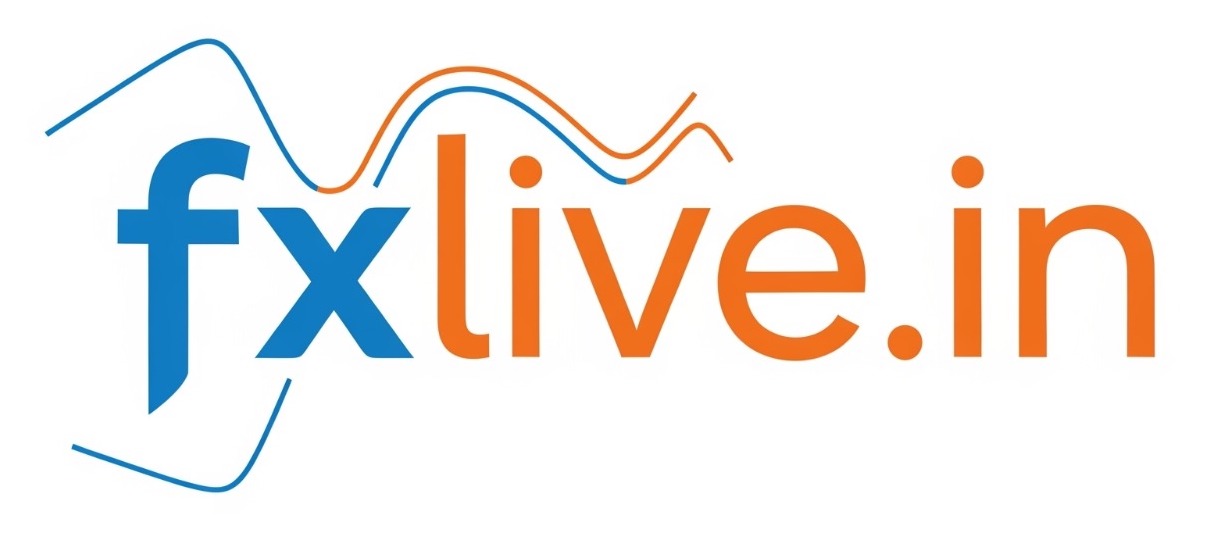Jai Siya Ram
🧭 What Sparked the Protests
- There has been a long-running demand in Ladakh for statehood and for inclusion under the Sixth Schedule of the Indian Constitution — this schedule grants special autonomy and protections to tribal areas.
- In early September 2025, activist Sonam Wangchuk and others started a hunger strike (since ~September 10) pressing for these demands.
- Tensions escalated when two of the hunger strikers (elderly) collapsed / were hospitalized Tuesday (Sept 23), triggering anger among youth protesters.
- A shutdown was called in Leh by the youth wing of the Leh Apex Body (LAB) demanding earlier talks and action by the Central Government.
🔥 How Things Turned Violent
- On September 24, 2025, the protest in Leh town turned violent. Youth protesters threw stones, clashed with police and paramilitary forces.
- They set fire to the BJP office in Leh.
- A CRPF vehicle / security vehicle / police van was torched by the crowd.
- Police responded with tear gas, baton charges, and “use of force” to contain the crowd.
⚠️ Casualties, Injuries, and Imposed Measures
| Metric | What’s Reported |
|---|---|
| Deaths | 4 people were killed in the clashes. Business Standard+4AP News+4India Today+4 |
| Injured | Between ~50 to over 70 people injured (reports vary) The Times of India+3India Today+3Hindustan Times+3 |
| Security Personnel Injured | Some police/paramilitary were also injured during clashes. AP News+2Daijiworld+2 |
| Curfew / Ban on Protests | Curfew imposed in Leh; gatherings of more than five people banned; protest marches / public rallies restricted. The Indian Express+3India Today+3Hindustan Times+3 |
| Talks Scheduled | A new round of talks between the Centre, Leh Apex Body (LAB), and Kargil Democratic Alliance (KDA) scheduled for October 6, 2025. |
📌 Key Players & Narratives
- Sonam Wangchuk (activist) was a key figure — leading the peaceful protest / hunger strike — but after violence erupted, he ended his 15-day hunger strike and appealed for calm.
- Leh Apex Body (LAB) youth wing was instrumental in calling for the shutdown and protests.
- Lieutenant Governor of Ladakh, Kavinder Gupta condemned the violence, ordered curfew, and warned that perpetrators would be held accountable.
- Accusations and counter-accusations: BJP leaders accused Congress leaders or local political figures of instigating the violence; protest leaders denied these claims.
🧭 Context & Underlying Grievances
- When Jammu & Kashmir’s special status (Article 370) was revoked in August 2019, Ladakh was separated as a Union Territory — but without a legislature (unlike J&K UT which got a legislative assembly). Many Ladakhis say this left them with limited self-governance.
- The demand for statehood for Ladakh has grown in recent years; the demand for inclusion under the Sixth Schedule is also central — Sixth Schedule grants special protection, local autonomy, powers to autonomous councils in tribal areas.
- Many in Ladakh (especially youth) feel promises have been delayed or unfulfilled, particularly about local representation, control over land, ecological protection, and job opportunities.
✅ What to Watch
- Whether the October 6 talks with the central government yield concrete commitments (legislature, Sixth Schedule, or other autonomy).
- Investigation into who specifically instigated violence — the government promised stern action and accountability.
- Whether curfew / prohibitory orders remain in place, and whether peace can be restored before further damage.
- Public and political narratives in the coming days — if further protests occur or calls for statehood escalate.

